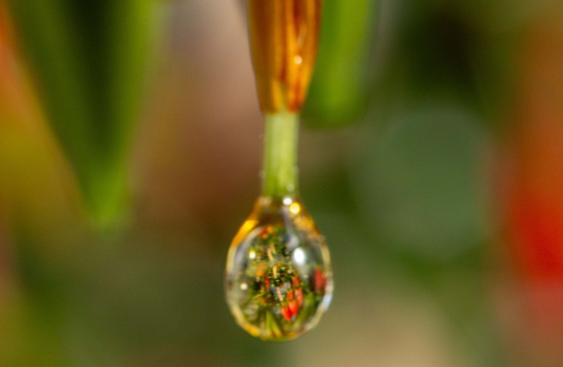Nectar is the central bridge between flowering plants (angiosperms) and the pollinating animals on which these plants rely. The consumption of nectar and the subsequent transfer of pollen by specific pollinators are vital to the reproductive success of most angiosperms. In flowering plants, nectar is produced and secreted by specialized tissues termed the nectary.
This Virtual Issue captures the breadth and momentum of current research in nectar and nectary biology, spanning ecology, evolution, development, and physiology. Together, these studies reflect an increasingly dynamic field, invigorated by new tools, interdisciplinary approaches, and fresh evolutionary insights.
As research progresses, we are gaining a more integrated understanding of how nectar influences pollination ecology and how nectaries have originated and diversified over the past 100 million years.
Guest Editors: Yan Gong, Elena M. Kramer, Irene T. Liao and Rahul Roy
Cover image by Evin Magner, courtesy of the University of Minnesota CBS Conservatory; Nectar collecting at the tip of the stigma in Agapetes lacei (Ericaceae).

